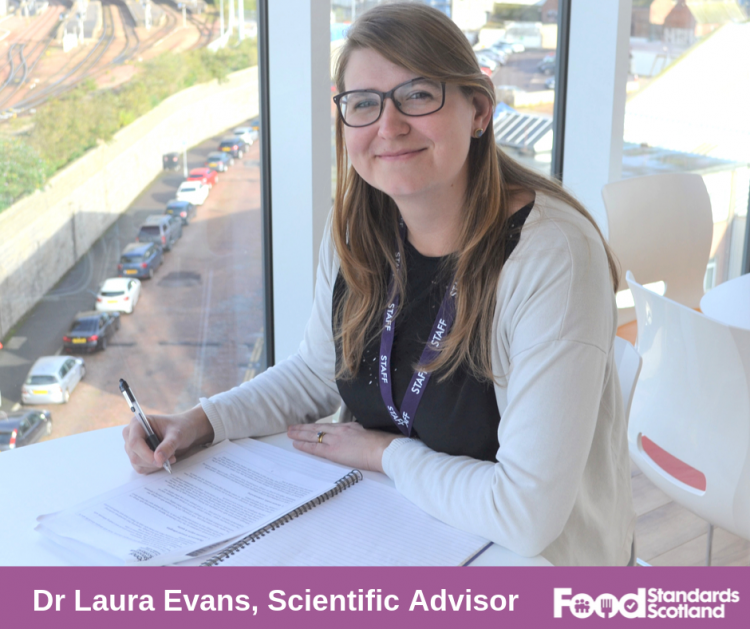News & Updates
Food safety top tips for the student kitchen

FSS scientific advisor, Dr Laura Evans, shares valuable insights on food safety with top tips for students living away from home.
I remember leaving home for the first time and having to take responsibility for shopping and cooking my own meals. It took me a bit of time to enjoy this part of independence but eventually I did! There are lots of things to remember when cooking and storing your meals. I think I would have benefitted from having some guidance to follow to help me keep my kitchen safe and clean.
Here are six simple food safety tips to follow when preparing, cooking and storing food at home to help avoid the risk of becoming unwell from food poisoning:
1. Always check the food label
Food labels also include the use by date (for perishable foods such as sliced ham), so read the label carefully to make sure you are eating food before it goes off. When I do my shopping I look for foods that have longer dates so I know I won’t waste the food. Avoid myths such as the sniff test or looking for signs that it’s gone off.
You can’t see, smell or taste food poisoning bacteria, so stick to the instructions on the food label to stay safe.
Are you guilty of a kitchen crime?
Take our quiz to find out!
2. Store raw meat and ready to eat foods separately
We advise that raw meat and ready to eat foods are stored on separate shelves in the fridge. However, I know this can be difficult when you’re staying in student accommodation and sharing one communal fridge with limited shelf space. I like reusing plastic takeaway containers to store food. Read our advice on storing food safely.
If you don’t have the option, storing food in sealed containers can prevent contamination.
3. Check the temperature of your fridge
For a fridge to keep food safe it needs to be kept at a temperature between 0-5°C. Save space in your fridge by avoiding chilling food which can be safely stored at room temperature, such as a jar of peanut butter.
If a fridge is overfilled it will reduce the airflow meaning it might increase in temperature.

4. Make sure food is cooked right through
There are some meats that have to be cooked properly such as burgers, sausages, pork and chicken. Some cuts such as beef or lamb can be rare in the middle, but never ever eat pink chicken as this means it’s undercooked and could lead to campylobacter, the biggest cause of bacterial food poisoning in Scotland.
The general rule is that food should be steaming hot, with no pink meat and the juices should run clear (if you are cooking meat). The best way to tell if food is cooked thoroughly is to use a food thermometer, cooked food reaches 75°C in the thickest part. I love using mine and I think it would be worth putting one on your Christmas list!
Never eat pink chicken as this means it's undercooked and could lead to food poisoning!

5. Remember to reheat leftovers safely
I find using leftovers a great way to avoid food waste but there are important rules to follow to avoid food poisoning. It is important to make sure that any reheated leftovers are steaming hot to kill any bacteria that might cause food poisoning.
If you’re batch cooking meals, make sure to cool food within two hours then freeze it or eat within two days.
If you are reheating a takeaway meal, this can only be done once and must be eaten within two days.
6. Clean your kitchen as you go!
I find keeping the kitchen clean will help food preparation to be hygienic and make cooking a bit easier. Cleaning your surfaces, dishes and utensils as you use them will prevent them from building up. Read our useful advice on how to keep your kitchen clean.
When I was at university a cleaning rota helped us split the responsibility making sure everyone did their fair share.